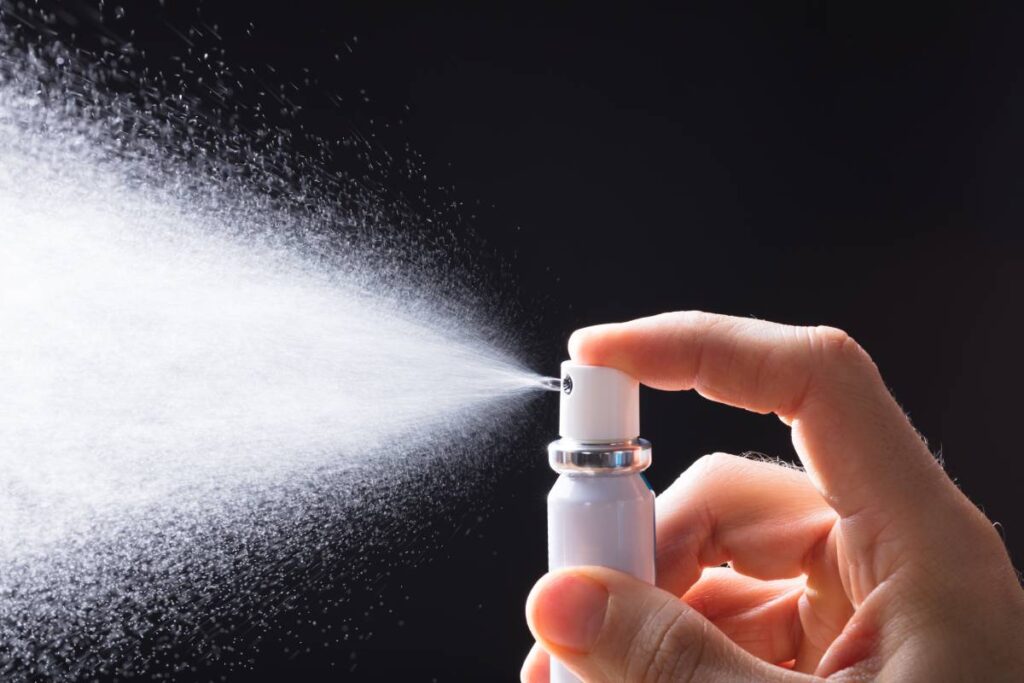Topical anesthetics are medications applied directly to the skin or mucous membranes to numb the surface and relieve pain or discomfort. Topical anesthetics are widely used in both medical and everyday settings and come in various forms to suit different uses. Whether for easing the sting of a needle, reducing discomfort from minor burns, or numbing an area before a medical procedure, they offer a practical and often convenient solution for localized pain relief.
These medications work by blocking nerve signals in the area where they are applied, temporarily preventing the nerves from sending pain signals to the brain. The numbing effect is usually limited to the surface of the skin or just beneath it, making topical anesthetics ideal for minor procedures or conditions that do not require deeper pain control. Their onset and duration can vary depending on the specific formulation and the strength of the active ingredient.
Topical anesthetics come in several forms, including creams, gels, ointments, sprays, and patches, each of which have their own benefits and uses. Creams and gels are the most commonly used forms. They are often applied before minor skin procedures like laser treatments, tattooing, or injections. These products usually contain lidocaine, a reliable anesthetic agent with a quick onset. Some creams may combine lidocaine with other ingredients, such as prilocaine, to enhance the numbing effect.
Ointments are thicker and greasier than creams and provide longer-lasting protection, especially on dry or irritated skin. They are useful for treating painful conditions like hemorrhoids, minor burns, or skin irritations caused by sunburn or insect bites. Sprays, on the other hand, are convenient for covering larger areas quickly and are often used in first-aid kits to manage minor cuts, scrapes, and burns. They are also used in some medical settings to numb the throat before procedures such as endoscopies.
Another form is the medicated patch, which adheres to the skin and delivers a steady dose of anesthetic over time. These patches are used to manage chronic pain, such as in people with post-herpetic neuralgia, a condition that can develop after a shingles outbreak. The patch format allows for extended relief without the need for frequent reapplication.
Topical anesthetics are also frequently used in dental and eye care. Dentists apply them to the gums before giving an injection to make the experience more comfortable for the patient. In ophthalmology, numbing drops are applied before procedures like contact lens fitting or eye surgeries. These drops work quickly and are safe when used under professional supervision.
While topical anesthetics are generally safe when used as directed, there are some important considerations. Overuse or misuse—such as applying too much or using it on large areas of skin—can lead to serious side effects, including skin irritation, allergic reactions, or in rare cases, systemic toxicity. It is also essential to avoid applying them to broken or severely irritated skin unless advised by a healthcare provider. Children and individuals with certain medical conditions may be more sensitive to these medications and should use them only under supervision.
Topical anesthetics can be found over the counter for minor issues or prescribed by a doctor for more specific needs. Knowing how and when to use them appropriately can make them an effective tool for short-term pain relief and improved comfort during medical treatments. As with any medication, it is best to follow instructions carefully and consult with a healthcare provider if there are any questions or concerns.
